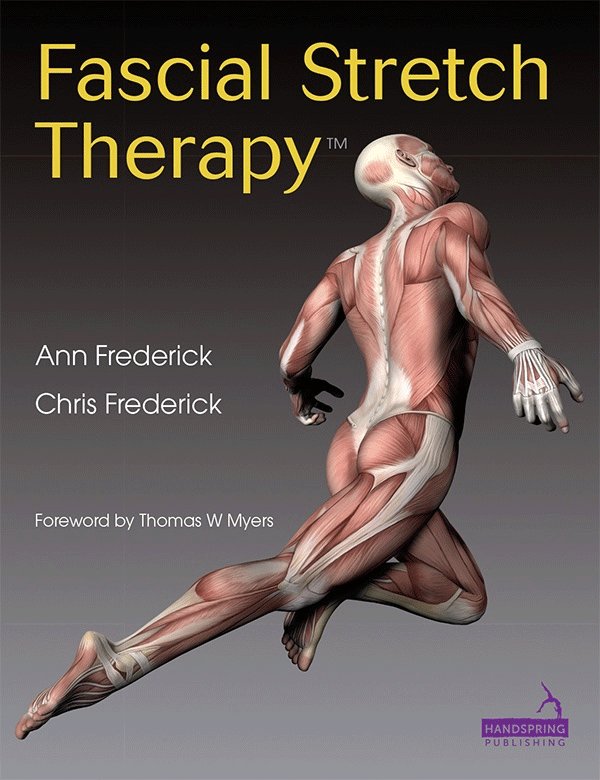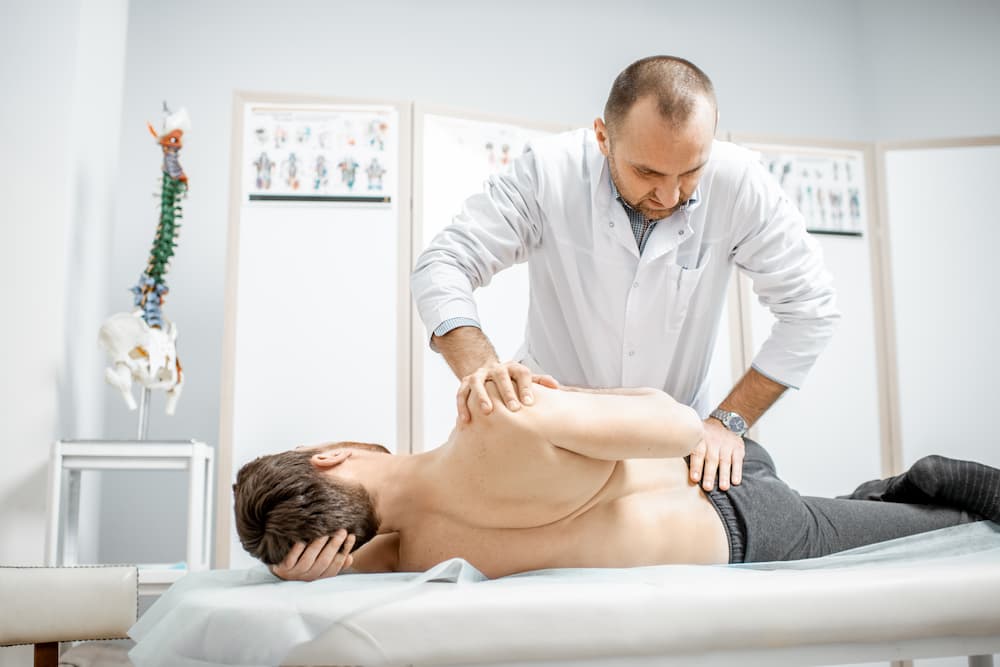Fascial Stretch Therapy
Foreword by Thomas W. Myers
- Verlag: Handspring
- ISBN: 9781909141087
- 2014, 224 pages
49,95 €
inkl. MwSt.
plus Versandkosten
Abhängig von der Lieferadresse kann die MwSt. an der Kasse variieren.
Lieferzeit: ca. 5 - 10 Tage/days
Beschreibung
Fascial Stretch Therapy by Ann and Christopher Frederick shows how assessment, treatment and training are used
in a variety of common circumstances encountered in manual therapy and athletic training.
This book:
describes and shows the therapist or trainer how to integrate FST in their current practice,
business or workplace to enhance what they already do and provide.
Section 1 redefines, clarifies and describes the many layers of therapeutic stretching
showing where FST can be most useful.
Summarizes relevant evidenced based studies and cites scientific support giving
the professional confidence in using the techniques.
Covers specific examples of how FST integrates with many other methods used
in manual therapies, fitness and sport training, rehabilitation and corrective exercise,
movement re-education and motor repatterning.
Provides specific indications and information on the most common diagnoses and conditions and how best to use FST.
Section 2 provides detailed description of the FST technique with many explanatory photographs.
Intended readership:
For manual therapists, bodyworkers and massage therapists, movement instructors,
physical and occupational therapists, physiotherapists, athletic and sports trainers,
osteopaths and hands-on practitioners from all disciplines.
Table of Contents:
Foreword by Thomas W. Myers
Contents
How Fascial Stretch Therapy came about
Foreword
Acknowledgements
Introduction
SECTION 1
Chapter 1 The Great Debate about Stretching
Introduction
Negative outcomes in research
Injuries
Strength, power and outcomes
Positive outcomes in research
Stretching tissues and cells
Getting perspective on studies about stretching
New definitions:
Flexibility
Form and function
Tensegrity
Evidence our cells are biotensegrity structures
Flexibility and stability of the prestressed body
Myofascial tone and tension
Cells do the twist
Stretching heals injured cells
Effects of stretching on proprioceptors and interoreceptors
FST model of assessment and treatment
Summary
References
Chapter 2 Fascial Stretch Therapy Dissected
Introduction
Ten Fundamental Principles of FST
Contraindications for FST
Indications for FST
Summary
References
Chapter 3 Comparisons and Contrasts
Introduction
Common stretching methods and approaches
Other contemporary stretching methods and techniques
Ancient stretching techniques
Manual therapy techniques that integrates stretching
Summary
References
Chapter 4 Assessment
Introduction
Palpatory literacy
Movement vs motion quandary
Lets START
Assessment techniques in a nutshell
SITTT
Movement assessment summary
Table-based assessment
Passive movement
TOC assessment
Resistance to passive movement (R1-R3)
Resisted movement (FST-PNF)
Summary
References
SECTION 2
Chapter 5 Lower Body Technique
Chapter 6 Upper Body Technique
Resources: Workshops in FST, Self stretch video programs for practitioners and clients.
Autor



